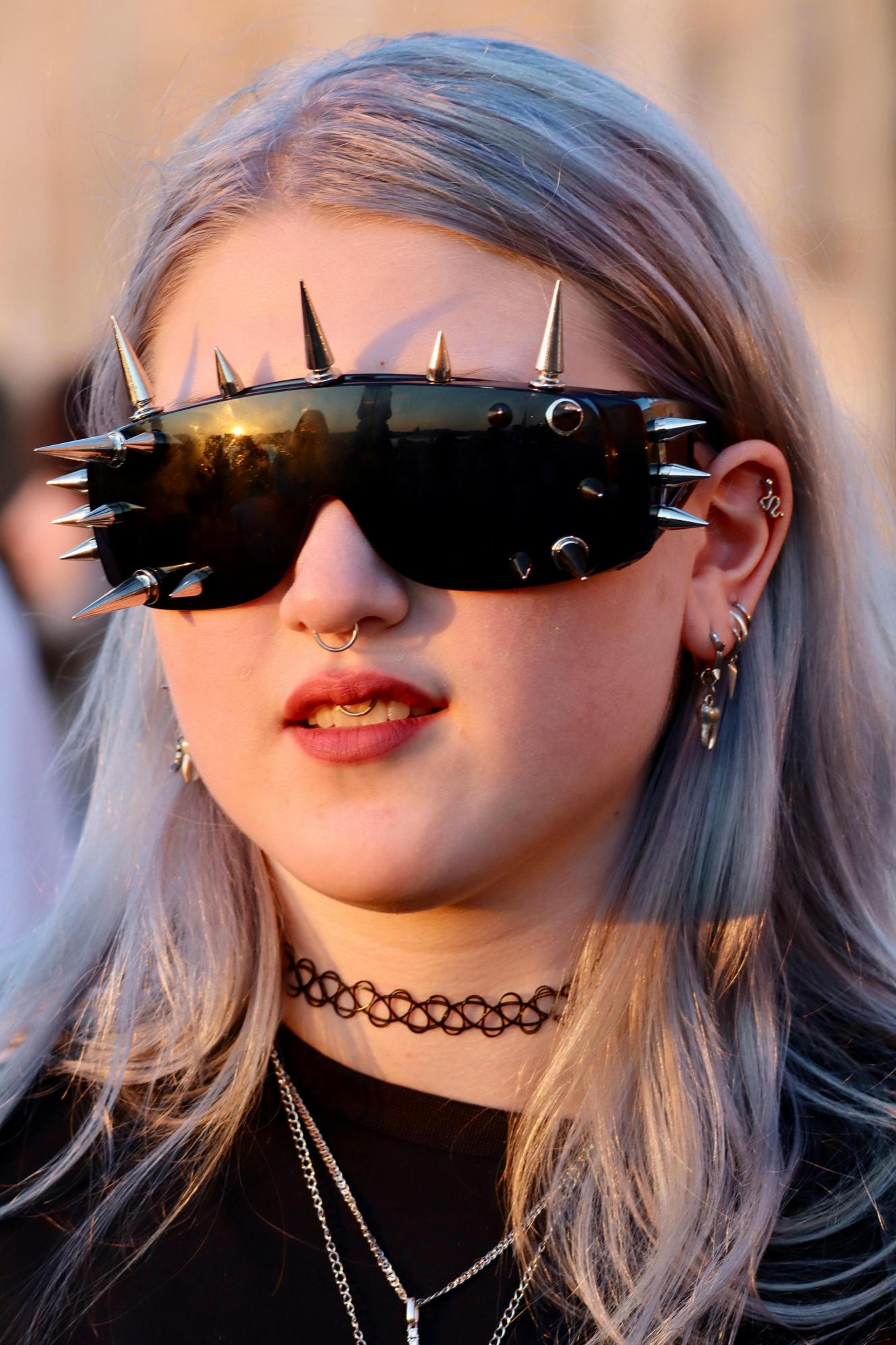Introduction
Nose studs have sparked debate for years. Often misjudged and labeled as ‘trashy,’ these small pieces of jewelry speak volumes about individuality and cultural richness. Breaking the stereotype isn’t just about fashion; it’s about understanding and respect. This article delves into the stigma, historical significance, media influence, and social acceptance of nose studs, shedding light on why they are far from trashy.

Understanding the Stigma
Nose studs sometimes carry a societal stigma. Often, people view them through a lens tainted by misconceptions. This stereotyping stems from a lack of understanding and exposure. When people see nose studs, they may associate them with rebellion, poor judgment, or even low socioeconomic status. These biases are steeped in outdated views and aren’t reflective of modern perspectives or realities.
But where does this stigma originate? Historically, body piercings have been linked to certain subcultures that mainstream society deemed inappropriate or rebellious. These stigmas persisted over time, continuing to influence opinions today. It’s crucial to dissect and question these stereotypes. Only by understanding the origin of these biases can we challenge and change the narrative around nose studs.
Historical and Cultural Significance
Nose studs have deep roots in various cultures. In India, they are an essential part of women’s adornment, often symbolizing marital status and social standing. The tradition dates back over 4,000 years and continues to be widely practiced. In the Middle East, nose rings have been used as bridal jewelry and dowry. These cultural practices show that nose studs are far from a modern-day invention or a sign of rebellion.
In Africa, certain tribes wear nose studs as a rite of passage. They signify a person’s journey from youth to adulthood, embodying respect and maturity. In these contexts, nose studs are revered, dispelling any notion of them being trashy. Recognizing this helps in appreciating the cultural significance and respect attached to nose studs globally.
Media and Pop Culture Influence
Media and pop culture significantly shape perceptions. In the past, media played a role in reinforcing stereotypes. Characters with nose studs were often portrayed as rebellious or fringe members of society. Movies and TV shows have long depicted these accessories in a negative light, contributing to the stigma.
However, the narrative is shifting. Nowadays, many celebrities and influencers proudly sport nose studs, helping to normalize and even glamorize the trend. Rihanna, Scarlett Johansson, and several others have been seen wearing nose studs, influencing millions of fans around the world. Social media platforms like Instagram and Pinterest are filled with posts celebrating the beauty and individuality expressed through nose studs, actively working to dismantle old stereotypes.

Fashion and Self-Expression
Nose studs are a powerful form of self-expression. They allow individuals to showcase their personality, style, and even values. Unlike other fashion trends, nose studs are versatile and can be customized in numerous ways. Whether it’s a simple stud or a diamond-encrusted piece, the choices are endless.
Fashion designers have also embraced nose studs, incorporating them into high-fashion looks and runway shows. This acceptance in the fashion world further legitimizes nose studs as a form of art and expression, rather than something to be looked down upon. People from diverse backgrounds and professions increasingly wear nose studs, underlining their role as a mainstream fashion accessory.

Health and Safety Considerations
When considering a nose stud, health and safety should not be overlooked. The process involves piercing the skin, necessitating sanitary conditions to prevent infections. Always choose a professional piercer with proper credentials and a clean workspace.
Post-piercing care is equally important. Here’s how to avoid complications:
1. Clean the piercing site twice daily with saline solution.
2. Avoid touching the piercing with dirty hands.
3. Steer clear of makeup or skincare products near the piercing during the healing process.
4. Keep the stud in place until the piercing is fully healed, which can take up to six months.
Materials like surgical steel, titanium, and gold are recommended to minimize allergic reactions and ensure a smooth healing process.
Workplace and Social Acceptance
Social acceptance of nose studs varies by context but is steadily growing. Many workplaces have relaxed their dress codes, allowing employees to wear nose studs. Previously, corporate settings frowned upon such adornments, deeming them unprofessional. However, with the rise of diverse work environments and inclusive cultures, these rules are changing.
Beyond workplaces, social settings are also becoming more accepting. Mixed feelings still exist, but the trend leans towards greater acceptance and normalization. Part of this shift can be attributed to increased cultural awareness and the influence of media and pop culture.
Conclusion
Nose studs are far from being trashy. They carry deep cultural, historical, and personal significance. While stigmas abound, greater understanding and acceptance are on the rise. Embrace nose studs for what they are: a beautiful form of self-expression and identity.
Frequently Asked Questions
Are nose studs considered unprofessional?
Though once deemed unprofessional, many workplaces now accept nose studs. The key is to choose subtle, professional designs if you’re concerned about workplace appropriateness.
What materials are best for nose studs to avoid allergies?
To avoid allergic reactions, opt for hypoallergenic materials like surgical steel, titanium, or 14K gold. These are less likely to cause irritation or infections.
How should I take care of my nose stud to avoid infections?
1. Clean the piercing twice daily with saline solution. 2. Avoid touching the piercing with unclean hands. 3. Keep makeup and skincare products away from the area during healing. 4. Ensure the stud remains in place until fully healed.
